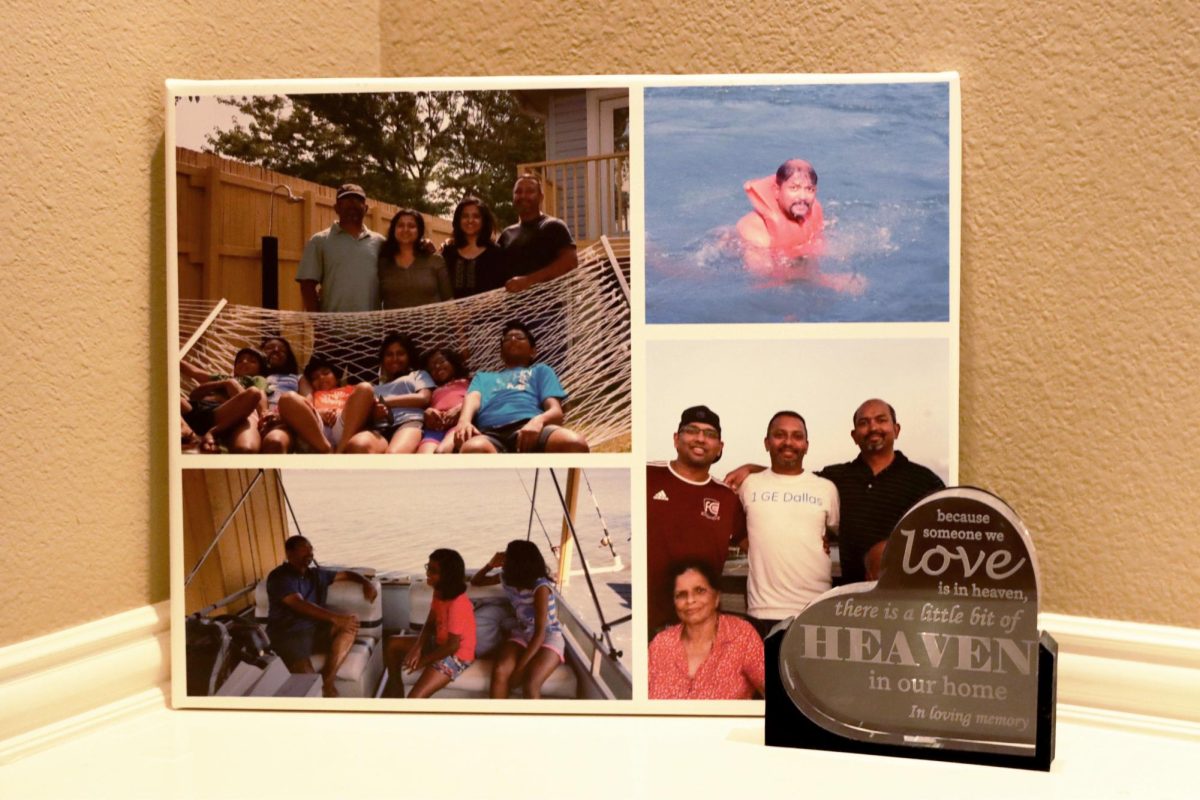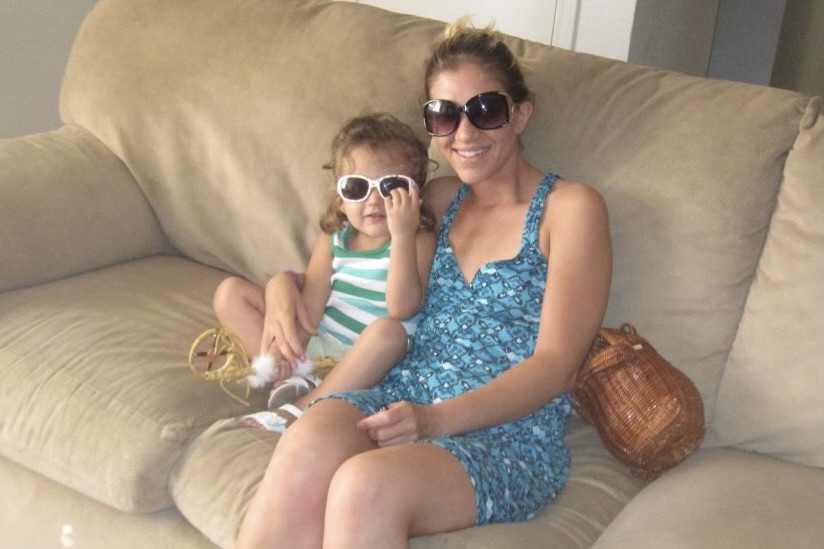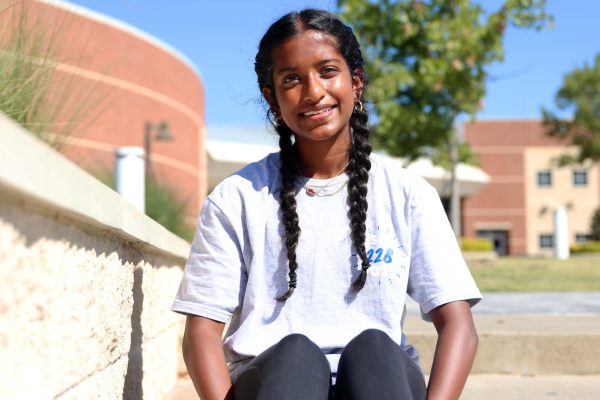I was in the same two story house, the same room and the same bed.
It was the same home I had found comfort in for seven years, and yet somehow, it felt claustrophobic.
I needed to see faces and hear new voices. I was stuck in quarantine for what felt like forever. My only outlet was the rectangular box sitting on my desk, lighting up at every notification.
The years of isolation followed by the COVID-19 pandemic completely changed my view on the purpose and capabilities of technology. Prior to quarantine, my phone and iPad were rarely used for anything other than doing my homework and scrolling on TikTok. I saw my friends every day at school and my cousins on the weekends –– I didn’t need it for anything else.
I wasn’t the only one who began using technology on a different level. Over 70% of children up to 17 years old reported to spend much more time on technology than before the outbreak. A concern among parents, including mine, was excessive scrolling and the use of technology to isolate, instead of to interact. But being able to keep contact with my loved ones during a time when in-person interaction was nearly impossible made me realize the benefits of technology, and showed its importance in building and maintaining connections.
Technology has created the ability to communicate at any time and place. Of all teens, 75% of them text, and 63% are daily texters, especially when it comes to friends and family. When my best friend and I started middle school, we ended up going to two different schools for the first time ever. Our regular texts and calls and being able to talk while in two different buildings is part of the reason we never drifted.
More than nine-in-10 teens interact with their friends via social media, whether it’s sending each other reels and TikToks or talking on FaceTime together; this abundant virtual communication strengthens bonds and provides a sense of closeness, despite the physical distance.
With technology being such a huge part of the lives of newer generations, it also creates relationships. Of teens 13-17 years of age that have made new friends, 64% met at least one of them online or through some sort of social media. When meeting someone new in person, 62% of teens share their social media usernames with the other person. I was already familiar with a lot of my current friends even before I met them because we were mutuals on social media. Given the ability to like and comment on their post and keep one another updated on day-to-day endeavors created a feeling of a mutual connection and newfound bond with that person.
A common stress among parents is the dangers of social media and teens sharing personal information with people they just met. While this is understandable, being cautious makes this avoidable. Making sure no personal information is on social media or having a private account prevents randoms from seeing that information. It’s important for teens to be careful about the information they give out to friends they meet online until they’re positive it’s someone they know and trust.
Social media isn’t the only way to prevent loneliness and construct relationships. A common form of online interaction is video games. Whether it’s GamePigeon or Fortnite, teens can connect with friends or meet new people while enjoying something they have in common. Not only does this stop video game players from mindlessly playing alone, but it also provides a conversation topic and commonality between these teammates in future interactions; they now have something to talk about if they didn’t already — especially during first time interactions. During the pandemic, I played Mario Kart with my siblings and dad. Even though I wasn’t someone who played video games, it was so much fun to do together.
Technology is the most common form of interaction and communication. Without technology, these routes to new connections and reinforcement of existing connections would be blocked off. As social media users, we should understand that balanced usage can combat loneliness and foster even the closest friendships, no matter the time or distance.









